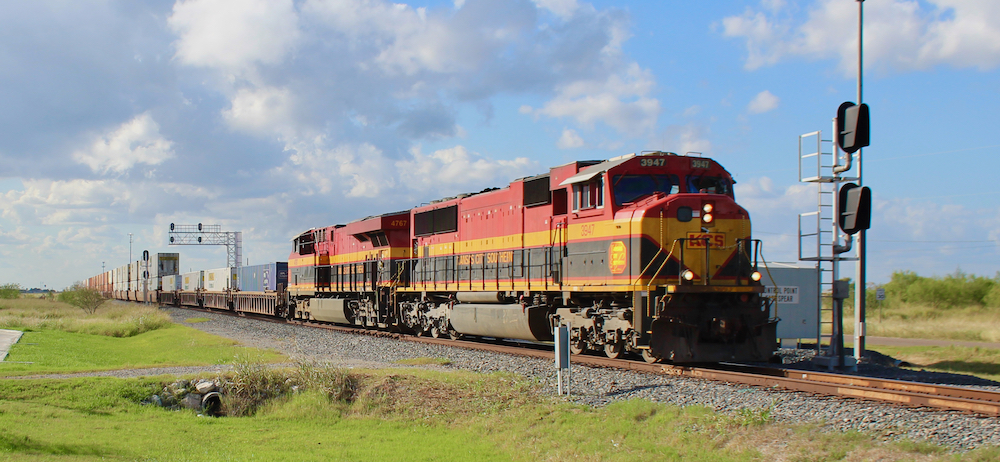
A stat in a Schneider news release caught my eye earlier this month: Overall cross-border intermodal volume between the U.S. and Mexico was up 17% last year. Impressive, yes. But what jumped off the screen was Schneider’s growth rate. Its cross-border traffic — which rides Canadian Pacific Kansas City’s flagship Mexico Midwest Express hotshots — grew twice as fast.
Schneider has been doing business in Mexico for more than three decades. How on earth, you ask, can the guys with the orange containers all of a sudden outperform the rest of the industry so significantly?
The answer is single-line service. Thanks to the 2023 merger of Canadian Pacific and Kansas City Southern, Schneider and its customers can use just one railroad between Chicago and points in Mexico, including Monterrey, San Luis Potosi, and Mexico City. The Schneider boxes previously relied on BNSF and KCS interline service.
“Schneider’s robust cross-border growth is driven by several converging factors. One of the most significant is the advantage of single-rail service with CPKC, which delivers exceptional speed, reliability, and security,” says Michael Baumgardt, Schneider’s senior vice president of intermodal. “These benefits have made it easier than ever for customers to shift freight from truck to intermodal.”
Also contributing: Schneider’s Mexico expertise and the ongoing near-shoring of production to Mexico, Baumgardt says. Yes, of course. But the real story here is single-line service that had not existed between the U.S. and Mexico aside from KCS’s limited reach to Houston and Kansas City. Now CPKC and Schneider can uniquely tap the big freight flows between Chicago and Mexico.
Schneider’s surging cross-border growth via single-line service is not a one-off. In fact, it’s another piece of evidence showing how much intermodal customers prefer a one-railroad move.
Consider that only one out of every seven intermodal loads runs in interline service. That’s right: More than 85% of intermodal loads originate and terminate on one railroad. No man is an island, but railroads practically are when it comes to intermodal.
A glance at the relationship involving Class I railroad maps, lengths of haul, and domestic intermodal market share tells the tale. Intermodal analyst Larry Gross, in his July Intermodal In Depth report, points out that intermodal market share peaks in two lengths of haul: 751 to 1,000 miles and 2,001 to 2,500 miles.
These mileage brackets match the maximum lengths of haul on the Big Four U.S. systems, with the shorter figures in the East (CSX, Norfolk Southern) and the longer in the West (BNSF, Union Pacific).
Domestic intermodal’s market share falls off a cliff when interchange is required, even though the long hauls should be in rail’s wheelhouse. Domestic share is 42% lower in the 1,001-2,000 mile range and 21% lower above 2,500 miles, Gross estimates.
The inescapable conclusion here is that intermodal customers prefer single-line service. This should not come as a surprise: In every end-to-end merger, railroads have argued that single-line service should lead to market share gains.
CPKC was no exception. Skeptics scoffed at CPKC’s cross-border route, which wanders all over the map on a curvy, hill-and-dale main line between Laredo, Texas, and Bensenville, Ill. And yet look at Schneider’s growth rate.

Now imagine that on a broader scale. UP CEO Jim Vena, who is in hot pursuit of a deal with NS, says a transcon merger would be a game-changer: “You change the whole paradigm discussion with trucks on the highway versus what comes to the railroad.” He’s right.
Gross estimates, based on market share data, that U.S. domestic intermodal volume would grow as much as 25%, or 3 million loads annually, with single-line service from coast to coast.
Some of the Class I CEOs contend that conventional partnerships can achieve the benefits of mergers but without the regulatory baggage. The dismal interline intermodal data suggests otherwise.
But Gross says there’s more than one way to skin a cat. An alternative to merger, he says, would be creating an intermodal company akin to Triple Crown, whose RoadRailer network once spanned the divide between East and West. Triple Crown sold the service and contracted with the railroads to handle its dedicated trains. All the Class I’s had to do was hook and haul.
This much is clear: If railroads want to see outsized intermodal growth, it won’t come from business as usual. It will require more single-line service.
You can reach Bill Stephens at bybillstephens@gmail.com and follow him on LinkedIn and X @bybillstephens







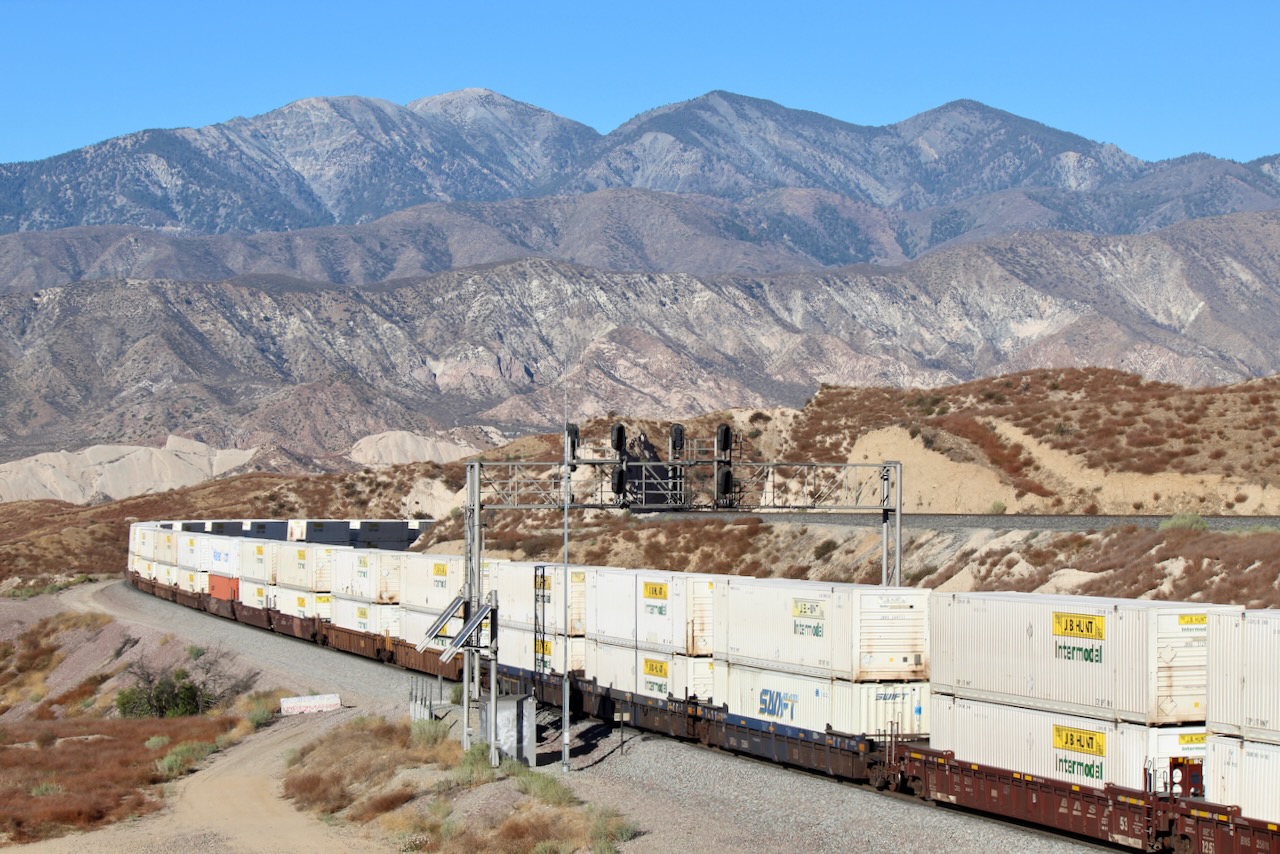
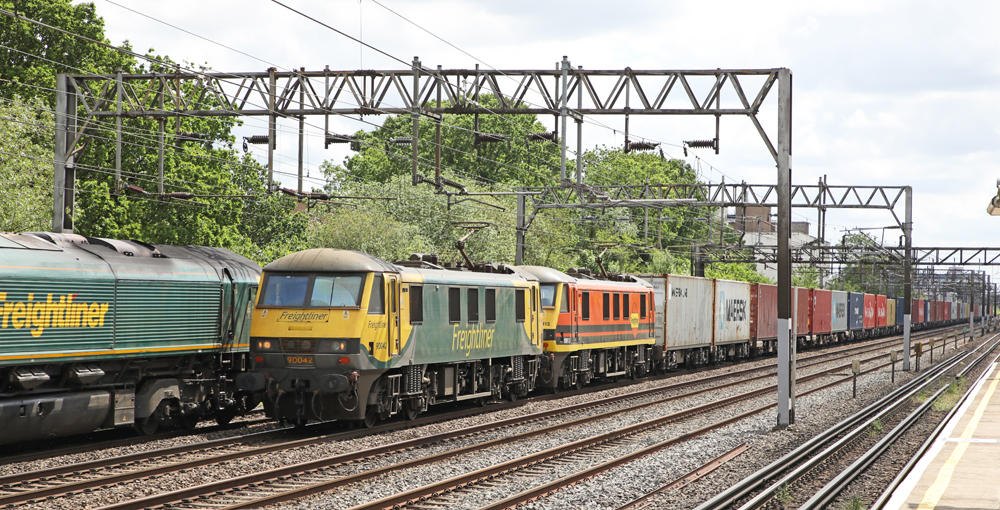

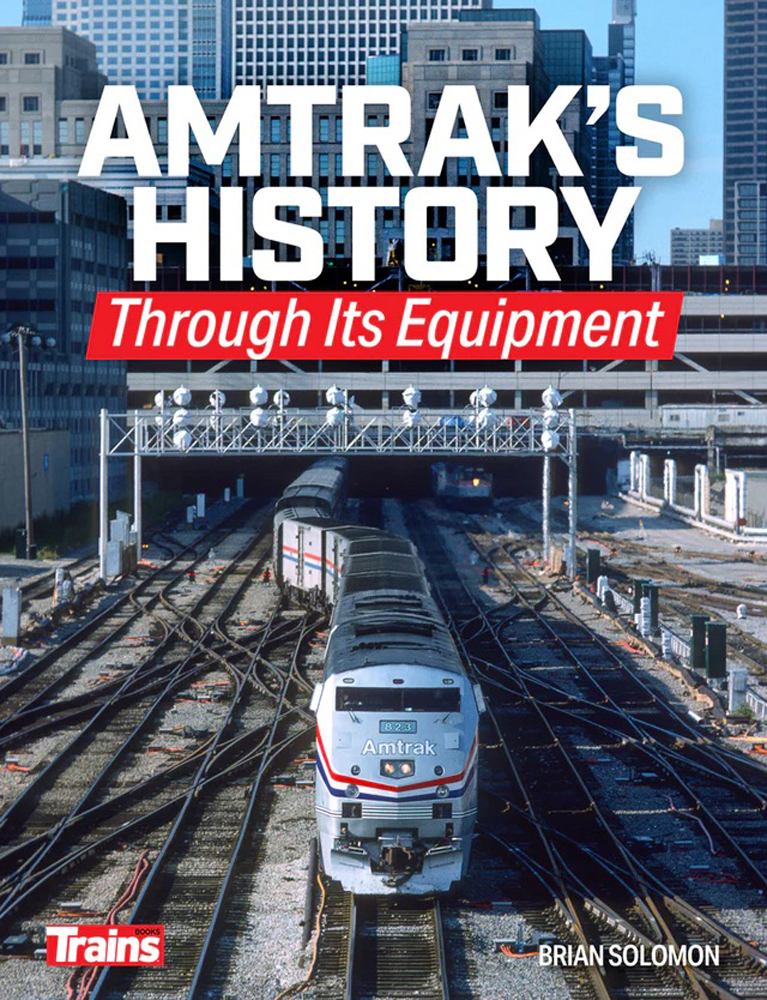
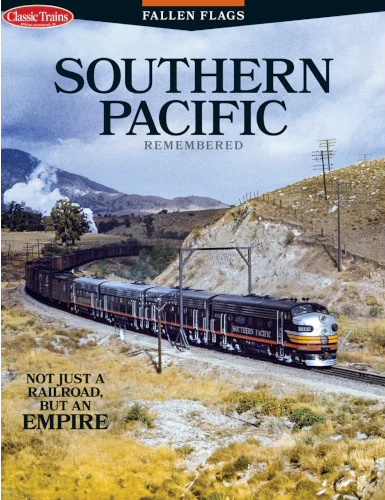
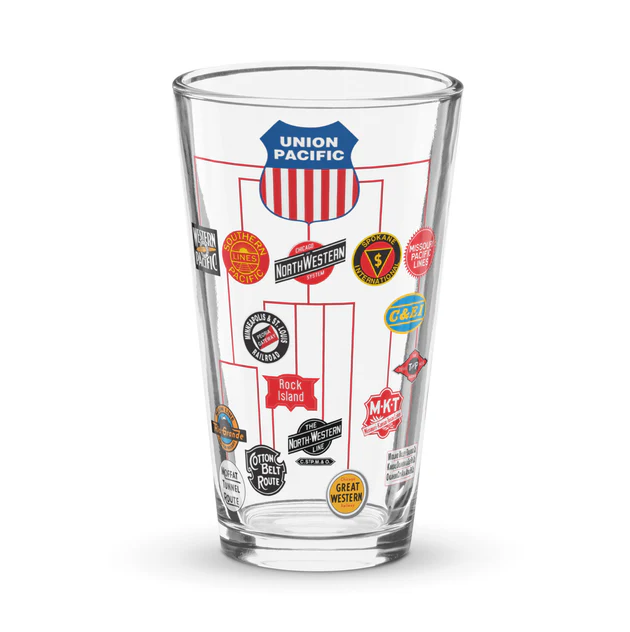
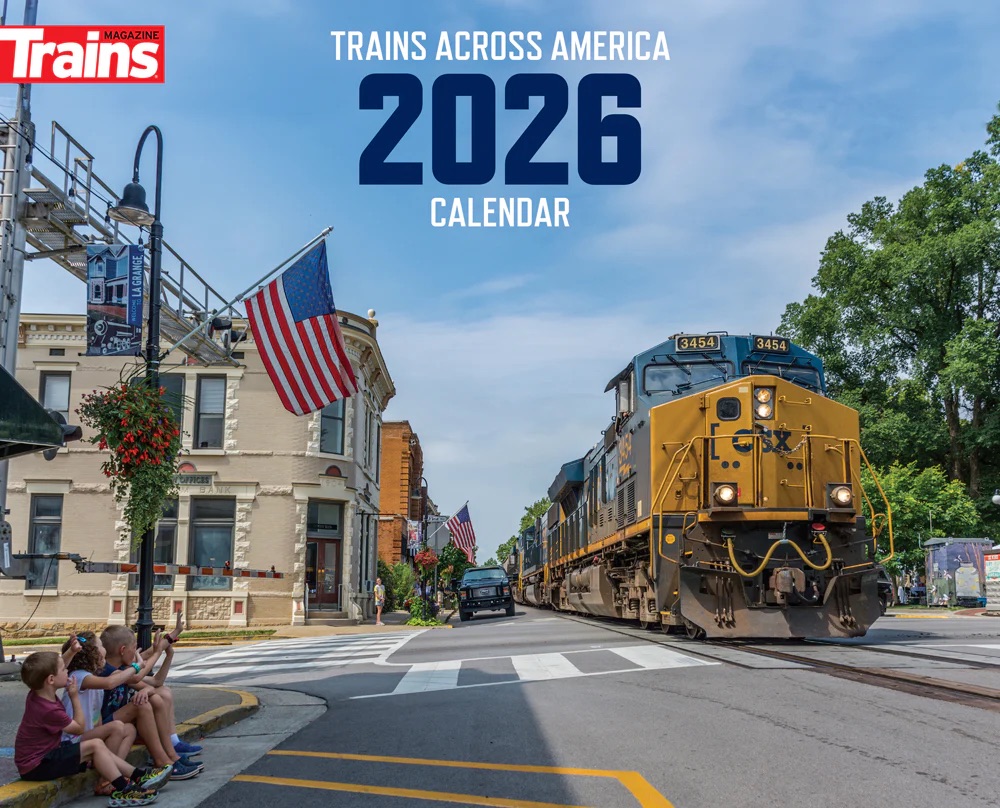
The real question that railroads answer wrong is: What is the competition?
Their answer is railroads, the same answer as if it were 1900, when the only other competition was railroads.
The true answer is trucks and what trucks can do and how well they serve the same customers as railroads.
Surely anyone with half a brain should be able to figure out how to leave the 19th century behind and have railroads work together to provide seamless service instead of using slow interline procedures tied to local priorities in a given yard.
It should not require mergers to do it.
It is getting so railroads remind me of a circular firing squad. It might be they remind me of Barney Fife who couldn’t get his gun out of holster before firing it.
I can only note what I’ve seen on the CSX A&WP route to Fairburn IM terminal. Almost always the locals that works from ATL Tilford yard Montgomery goes by LaGrange Ga North and south bound around 1700h. The locals started out with about 10 wells with schneider containers always on front of the train. Several times there has been 1 or 2 KCS locos leading the local. A CSX loco would be the second if no second KCS. Before Schneider usually local only had 1 loco.
Now the number of wells not cars is running around 20 with 22 the other day. Sometime mixed in are single stack frames with some kind of cryogenic load. Have no idea what is going from Meridian Myrtlewood Montgomery. As well the Schneider wells left at Montgomery and maybe some left at LaGrange?
Very occasionally the Schneiders have traveled on a NOL regular CSX IM always on front of those trains. That is usually 2 – 4 hours later for some reason.
Nice try Greg. JBHT will generally handle long drays up to 300 miles from the rail hub. I doubt they would solicit long haul interline business without a decent rail interline partner. Remember they are also a very high-quality trucking company that can manage to handle/haul just about anything anywhere.
But as an example, here, with the new BNSF single line service to and from North Baltimore, OH JBHT can now handle intermodal loads for delivery into most of Michigan and the Ohio River Valley.
But if a shipper required it, they might take it off the rail at Chicago and truck to destination especially if they can provide a higher quality of service than the mediocre service the railroads provide. Depends on what the total delivered cost was.
As the saying goes, “If you got it a truck brought it”.
Another interesting tidbit is that the guy who figured all this out at Santa Fe was a career railroader who came out of the Operating Dept.
James “JBHT tractors and drivers to cover much of what would have been a two-line move”
Are you saying, for exakple, instead of interchange for a California to New York haul, JBHT takes containers off the western carrier in the midwest and drives it 900 miles east?
If that’s the best that can happen today, it is sad. I don’t understand how 50 years ago Penn Central could take multiple train loads of refrigerator cars from multiple western roads and have them spotted in a dozen eastern cities on the 4th morning.
If SP, UP, C&NW, PC were so good at getting perishable traffic to the east coast in 4 why didn’t it last?? I know one of the reasons: damage claims. They were substantial. At some point the railroads decided DC’s were more that the valve of the perishables shipped.
UP would get PFE’s trains (non icers) arriving North Platte with refrigeration unit not running. They were either out of fuel or had some kind of mechanical breakdown. It wasn’t occasional…it was often enough to disrupt the trains schedule and tick off shippers.
Congratulations Bill you and Larry missed the obvious point again. The only intermodal provider in the US who provides/offers a seamless single line service nationwide today is JB Hunt Transport and the Quantum product. Why no mention of JBHT in your article? They are after all the single largest IMC in the business.
There is a reason why JBHT is the largest intermodal provider in the business by a VERY wide margin. JBHT has the advantage of using JBHT tractors and drivers to cover much of what would have been a two-line move.
Personally, I have always thought that Larry Gross Iike most ex-railroaders has had a bias against JBHT for some time.
The primary advantage with Quantum (and especially the Quantum premium product) is that JBHT controls everything on a door-to-door basis. Single source responsibility or everything.
Larry can quote numbers until the cows come home but to quote a once famous pollical slogan, “It’s the service stupid.”
No mention of JBHT because Bill is a fan of CPKC and touting their greatness even if it is only a fraction of the roads ahead of them. But CPKC Needs to watch out. UP/NS is coming for their business and then we will find out how low Keith Creel will go…